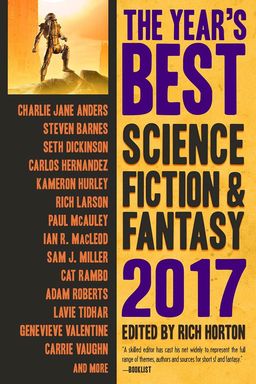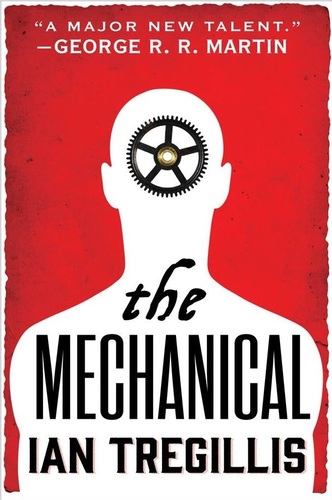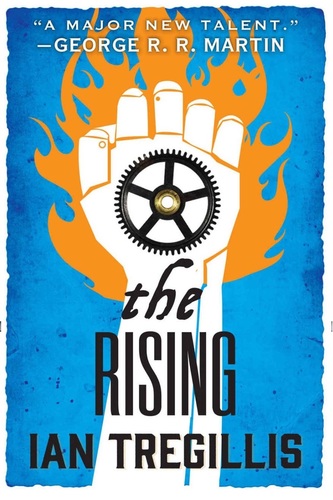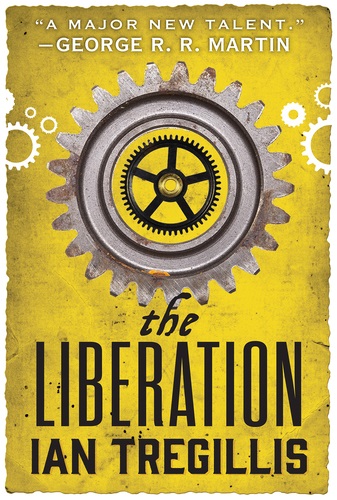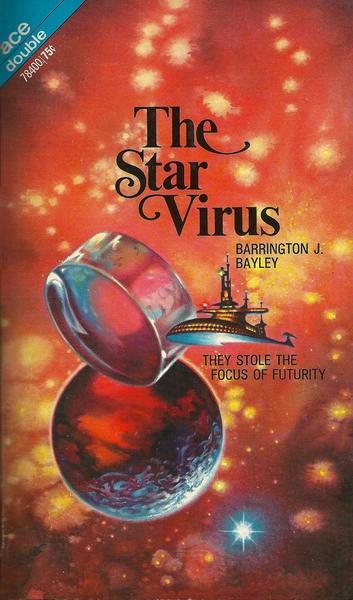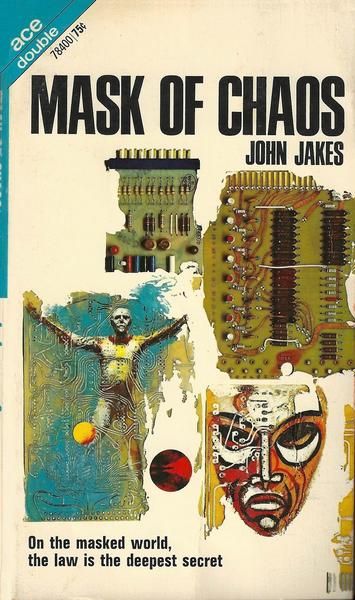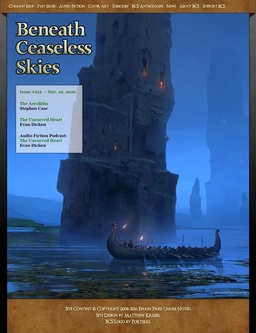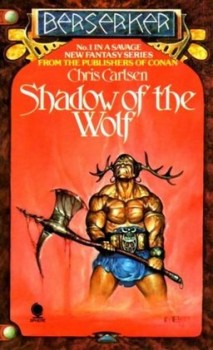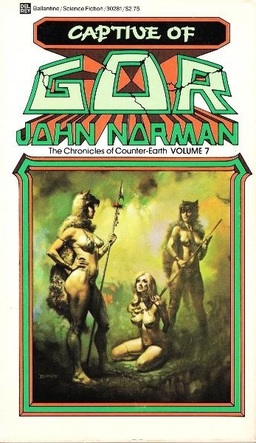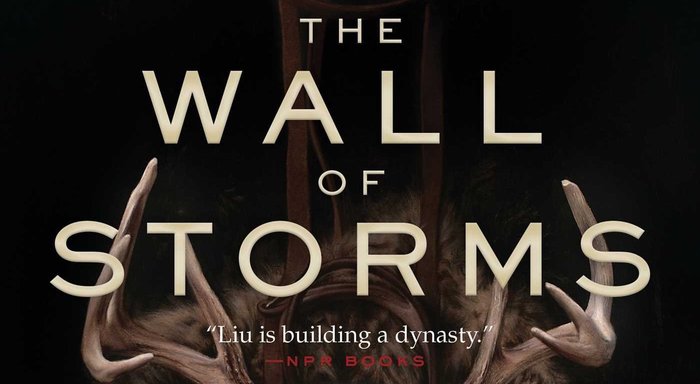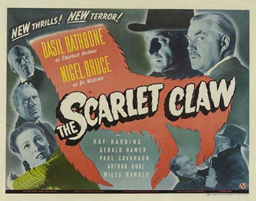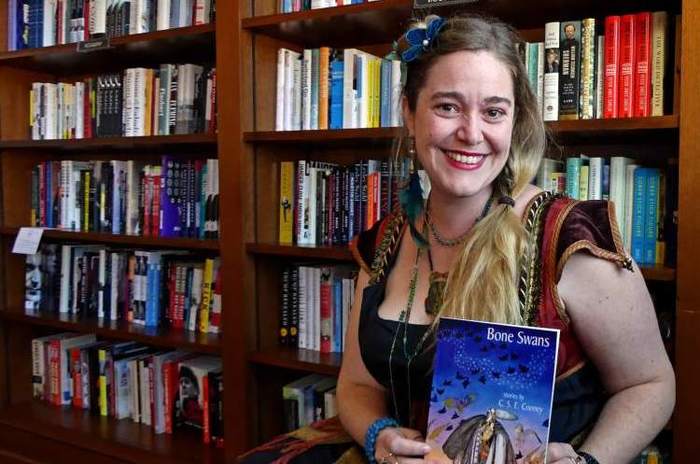New Treasures: Things From Outer Space, edited by Hank Davis
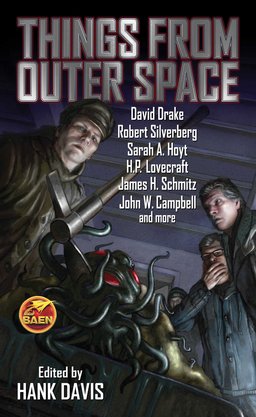 Hank Davis is my kind of editor. He’s one of the very few out there still mining pulps and science fiction digest magazines and packaging them up for a modern audience, in terrific books like In Space No One Can Hear You Scream (2013) and The Baen Big Book of Monsters (2014). In short, he’s one of the only folks introducing the work of Edmond Hamilton, John W. Campbell, Clifford D. Simak, Randall Garrett, Fritz Leiber and others to a modern audience — or at least, one of the very few doing it in affordable mass market editions, which is the way I discovered all those great wrters, mummnly-mumble decades ago.
Hank Davis is my kind of editor. He’s one of the very few out there still mining pulps and science fiction digest magazines and packaging them up for a modern audience, in terrific books like In Space No One Can Hear You Scream (2013) and The Baen Big Book of Monsters (2014). In short, he’s one of the only folks introducing the work of Edmond Hamilton, John W. Campbell, Clifford D. Simak, Randall Garrett, Fritz Leiber and others to a modern audience — or at least, one of the very few doing it in affordable mass market editions, which is the way I discovered all those great wrters, mummnly-mumble decades ago.
Things From Outer Space is Hank’s latest, an original paperback collecting tales of “Mostly very, very bad things that want to harm humans and destroy Earth. Or take it for their own. Original stories and reprints of classics from the scary side of science fiction!” Here’s the description.
THE THINGS ARE COMING…
As we all know, in space, no one can hear you scream. Which doesn’t mean that anyone is safe just because they’re standing on the soil of planet Earth, because if a thing from out there drops in, screaming probably won’t save you.
Earth has spawned myriad unpleasant life forms which are bad news for humans, ranging in size from the Ebola virus to the great white shark up to the Tyrannosaurus Rex (extinct, fortunately for us) — and that’s just one planet. What even more deadly life forms might the billions of planets in our galaxy have spawned? And suppose the things are intelligent and capable of crossing space and coming here . . .
Considering that very possibility are the masters of science fiction starring in this book, including Robert Silverberg, David Drake, Sarah A. Hoyt, James H. Schmitz, Fritz Leiber, Robert Sheckley, Murray Leinster and John W. Campbell, as well as classic stories of extraterrestrial horrors by H.P. Lovecraft, George Allan England and more.
E.T. might have been happy eating Reese’s Pieces, but other visitors from the void might have less dainty appetites. And there are probably worse things than merely being eaten…
Alas, description notwithstanding, there is no contribution from Murray Leinster. But there are twenty stories of nasty alien creatures, new and old. Here’s the complete Table of Contents.
